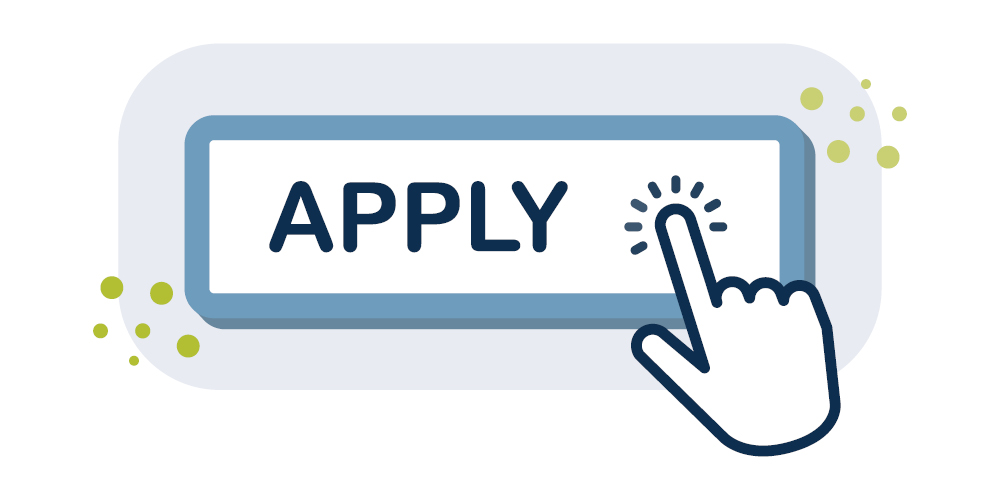When you’re trying to attract prospective students, you need to make sure they know your college or university is out there and that you can deliver a lasting impression of who you are and what you have to offer. With fewer opportunities for in-person connection in light of the ongoing pandemic, higher education marketers have had to get creative. That typically means finding ways to expand your reach through digital channels. Compelling digital marketing campaigns that reach the right audience, customized to meet their needs and preferences, are a must.
Responsive search ads are important tools in that quest to maximize your reach.
What Are Responsive Search Ads?
Responsive search ads allow you to provide up to 15 headlines and up to four description options for your ad. Google then tests different combinations of your headlines and descriptions, identifies the top performers and matches the best variation with relevant searches. This means you’re getting the right messages out to the right audiences, increasing your click-through rates (CTRs) and your likelihood of recruiting new students.
Google announced that as of June 30, 2022, responsive search ads will be the primary ad type available for search campaigns, and there are good reasons for that decision. According to Google, responsive search ads deliver a 5% to 15% higher CTR compared to standard search ads, but results will naturally vary across industries and among individual advertisers.
Compared to traditional expanded text ads, which allow you to submit only up to three headlines and two descriptions, responsive search ads give you significantly more opportunities to change up your messaging and style to potentially make a bigger impact with a more varied audience. You will lose a bit of the control you had with expanded text ads, however, because Google’s artificial intelligence (AI) will be choosing which combined version to deliver. But Google can arrange those creative headlines and descriptions you carefully crafted into nearly 44,000 different permutations. That’s sure to increase your chances of connecting with the people you want to reach, and it allows you to test out a variety of campaign ideas where you may have felt limited before.
How Can Responsive Search Ads Help You Connect with Prospective Students?
You’ll save time since Google will test the ads for you, sorting out the best-performing ads with various audiences and automatically optimizing them to promote more targeted engagement. Google’s algorithm will match headline and description combinations to each user based on what they typed into the Google search bar and their search history. Customized creative content will drive those click-throughs and conversions you need to establish a connection with your next scholar.
With demographic targeting in Google Ads, you can also make your ads more likely to reach potential students who fall within a certain age range, gender, or household income; have specific interests; or live within select locations. You can also choose on which sites you want your ads to appear but, in most cases, you’ll reach a larger number of prospective students by allowing Google to choose the best sites for your ad based on the keywords you submit.
Tips for Creating Effective Responsive Content
When you’re ready to create your responsive search ads, try to take advantage of the variety of headlines and descriptions you’re able to submit. Here are some tips for creating content that’s more likely to reach and capture potential students’ attention:
- Use Targeted Keywords in Your Headlines: Do your keyword research. Think about terms that describe your institution. Take a look at what your direct competitors are doing. Check out Google Keyword Planner so you can see their search volume and refine your choices. And remember that long-tail keywords, which are more specific, are likely to increase visibility with your intended audiences. Think “mechanical engineering schools in San Francisco” or “computer science programs with a focus on cybersecurity” versus “engineering schools” or “computer science programs.”
- Catch Readers’ Attention With a Value Proposition: Draw prospective students in with headlines and descriptions that mention distinctive aspects of your program that may appeal to them. Using terms like accelerated master’s programs, 100% online coursework, and leading-edge research can make your school stand out.
- Avoid Uniformity in Headlines and Descriptions: Creating unique headlines and descriptions with varying character counts can actually be an advantage because your ads won’t all look the same. Just be sure your headlines can be paired with any of the descriptions and still make sense.
- Use Concise, Informative Language: People don’t spend a lot of time considering an ad’s hidden meaning. Students searching for potential schools want to see if you have what they’re looking for – fast – before they click to learn more.
- Keep an Eye on Your Campaign as It Runs: Use Google Ads’ detailed reports to track metrics like impressions, clicks, CTR, conversions, and more. This will allow you to adjust and optimize keywords, copy points, and placements to better reach and engage prospective students.
Need a little help creating the right responsive search ads to engage with promising students? Struggling to find varied and concise ways to promote your program’s strongest elements? LIGHTSTREAM can help. Contact us today.

